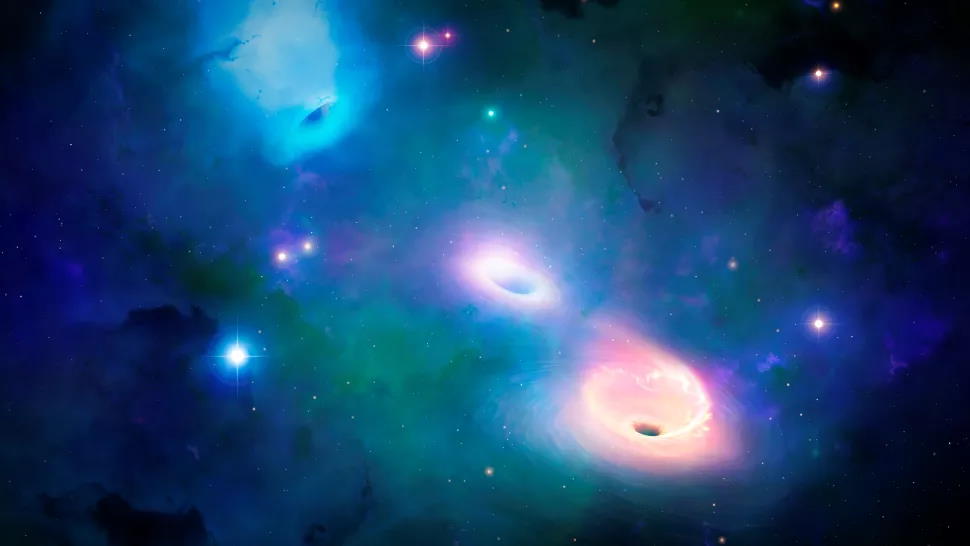How astronomers can learn more about Proxima b and all Earth-like worlds
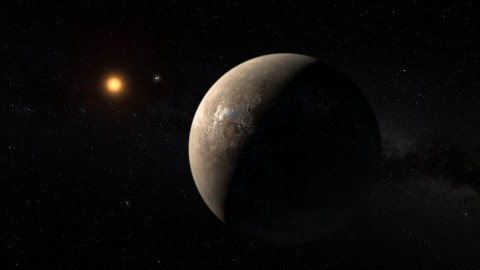
The present story is only the beginning; there’s a revolution coming!
“Our existence in this place, this microscopic corner of the cosmos, is fleeting. With utter disregard for our wants and needs, nature plays out its grand acts on scales of space and time that are truly hard to grasp. Perhaps all we can look to for real solace is our endless capacity to ask questions and seek answers about the place we find ourselves in.” –Caleb Scharf
For thousands of years, humanity has wondered about the stars in our night sky, and whether they might have planets, life or even intelligent life around them. For all but the past 25 years, it was a question that was no more than speculation, as not even a single world was detected beyond our Solar System. As telescope technology and human ingenuity led us to the development of new techniques — most prominently the stellar wobble method and later the planetary transit method — the number of exoplanets discovered began to swell. Although the easiest planets to find were the first to show themselves, massive giants very close in to their parent stars, further improvements brought us to lower-mass, more distant planets, with Kepler uncovering thousands of rocky worlds, including a total of 21 potentially habitable, Earth-like ones.
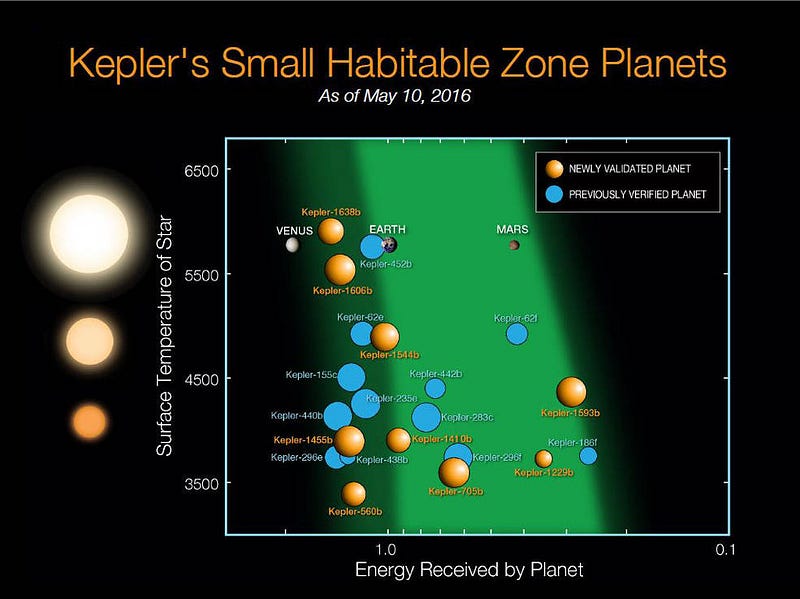
The idea that Earth was rare and unique — a rocky planet with the ingredients for life at the right distance for liquid water on its surface — has rapidly lost support as the evidence has rolled in over the past two decades. But the coup-de-grâce may have come on August 24, 2016, as European Southern Observatory scientists announced the discovery of a rocky planet, 1.3 times the mass of the Earth, orbiting the closest star to our Sun: Proxima Centauri. The world orbits its parent star in just 11 days, but the star itself is only 12% the mass of the Sun and shines with only 0.17% our Sun’s brightness, meaning this red dwarf and this rocky planet combine to make this a potentially habitable world. It isn’t just that some significant fraction of stars have potentially Earth-like worlds around them; it might be almost all of them.
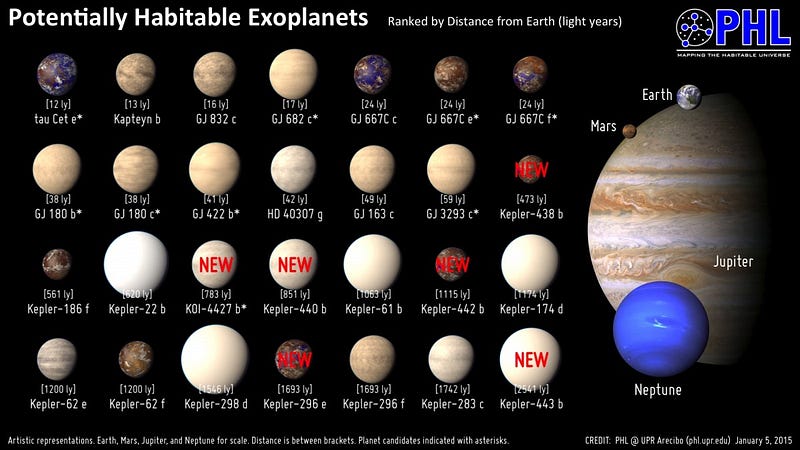
Just from the orbital parameters we’ve already measured combined with the known laws of physics, there’s an incredible amount we’ve learned. This planet is almost definitely tidally locked to its star, meaning that the same hemisphere always faces the star and the opposite hemisphere always faces away, just like the Moon does to Earth. The star itself is active and flares frequently, meaning that catastrophic radiation impacts the Sun-facing side quite regularly, but never touches the dark side. And the “seasons” are determined by the ellipticity of its orbit, rather than its axial tilt. But there’s still so much left to learn, and we have a number of different technological avenues to explore — including potentially all of them — if we want to learn more about it.
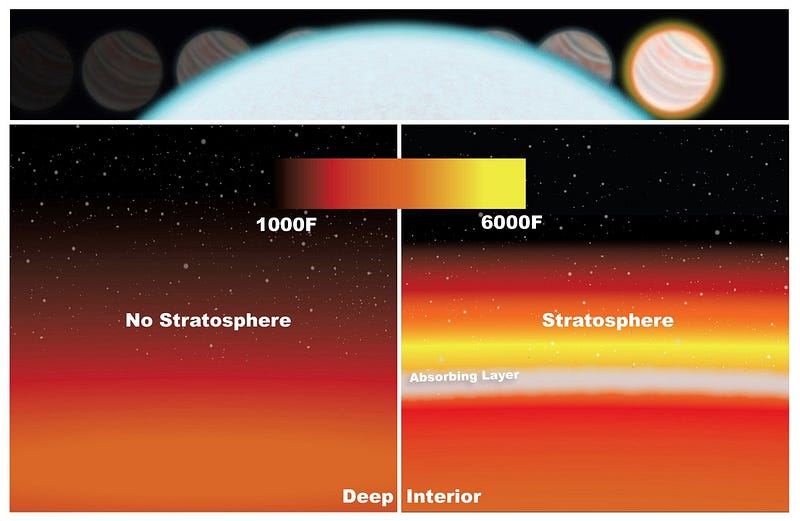
One key ingredient to learn about is the planet’s atmosphere. Is there oxygen? Water vapor? Carbon-rich signatures like methane and carbon dioxide? What about clouds? Are they thick or thin or non-existent? What are they made of? Are they dark or reflective? Can the atmosphere transfer heat to the dark side of the planet, or is it so thin that the night side is always frozen?
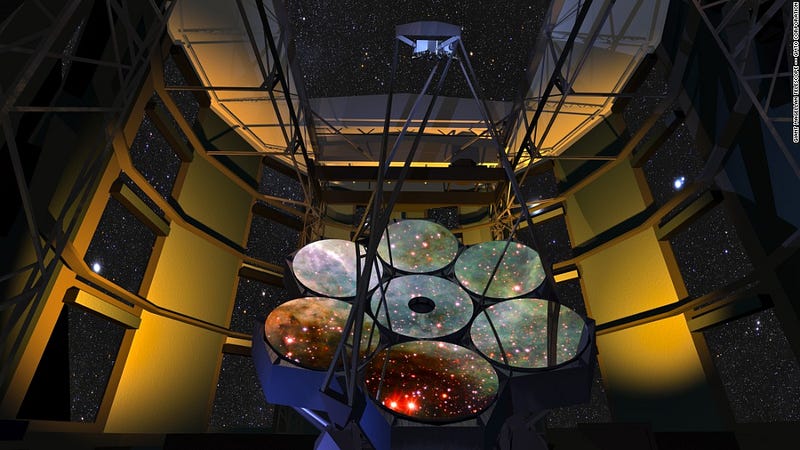
If we can improve our resolution and perform spectroscopy on the planet with direct imaging, these speculative questions might be answerable without ever leaving our own planet. This could be done with a supremely large ground-based telescope or network of telescopes. The currently-under-construction class of 30-meter telescopes is a great step towards this, but to get Earth-like planets around red dwarfs, we need to go bigger: either we need a network of these giant behemoths or we need to go even bigger: to 100-meter or 200-meter diameter telescopes.
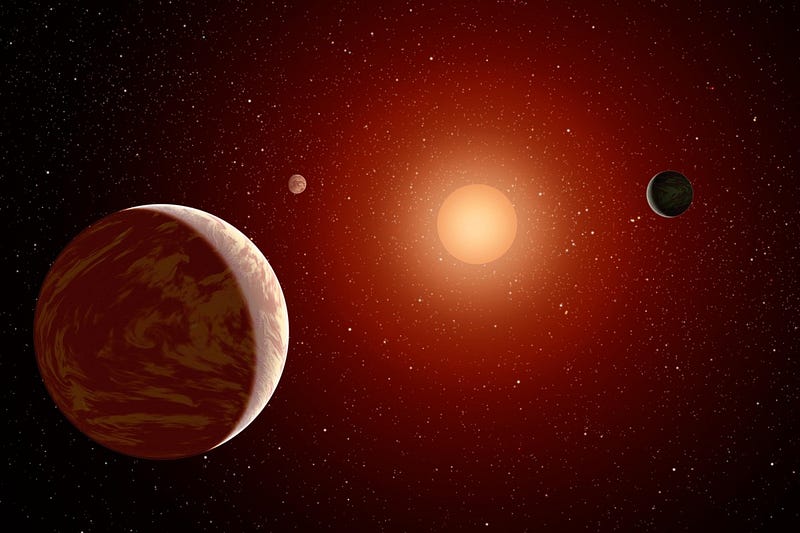
Another is the makeup of the world’s surface. If the clouds are transparent and the orbit is elliptical, there should be “seasonal” differences between summer (when the world is closest to the star) and winter (when it’s farthest) during Proxima b’s 11-day year. Since the world will be locked and won’t spin (as will most potentially habitable Earth-sized worlds around red dwarfs), there will be three climate zones: a scorching, roasted one along the star-facing hemisphere, a freezing, icy one along the space-facing hemisphere, and a temperate zone in the middle. There may be continents and oceans, as well as a giant icecap on the space-facing side, or the planet could be Venus-like, where heat transfer from atmospheric winds and reflectivity are so efficient that it’s the same temperature everywhere.
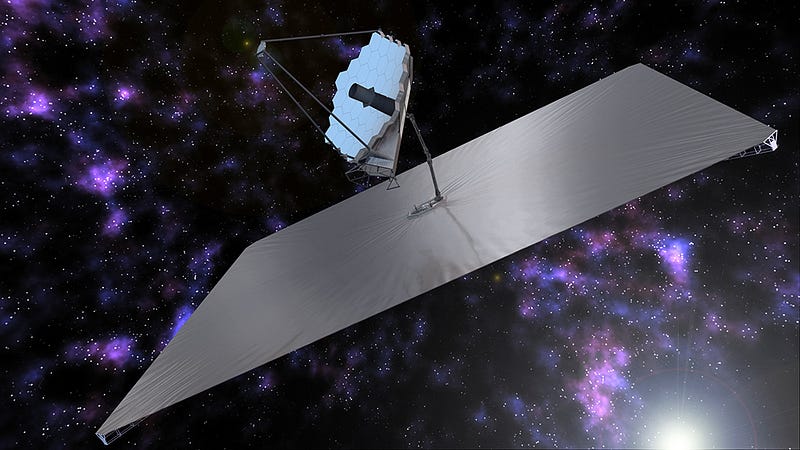
If we can make direct observations of the light emitted by the planet — both in the visible and the infrared — at various times during its orbit around the star over time, we could learn the answer to all of these questions. Larger telescopes with more light-gathering power and the ability to block the parent star’s light are essential for this, ideally from space. The proposed LUVOIR space telescope with an accompanying starshade would do the trick. LUVOIR would be a 12-meter class telescope (with 25 times the light-gathering power of Hubble!) and would come equipped with a coronagraph, while an ideally shaped, remote shield known as a starshade would fly a large distance away from it, blocking the star’s light while allowing the planet’s light through. While LUVOIR won’t be ready until the 2030s at the earliest, a starshade could go up within the next five years to enable direct imaging of Proxima b if we fast-tracked the engineering and construction of it.
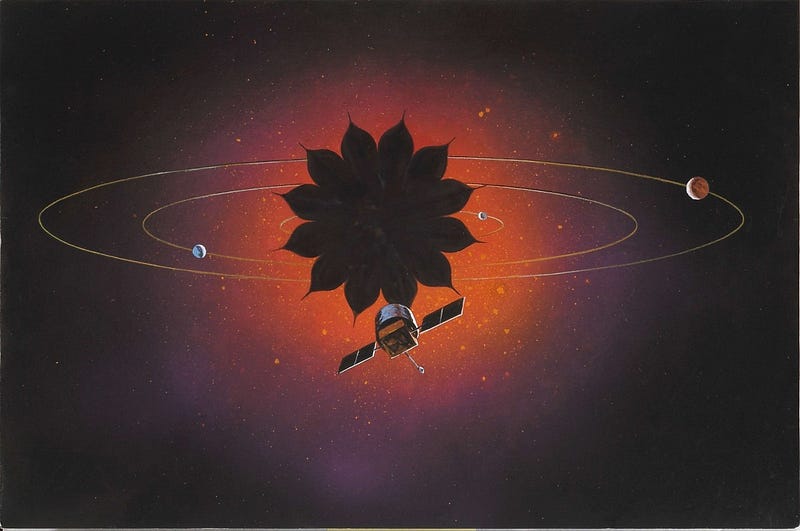
What sorts of radiation does this planet emit? In addition to the signals from reflected solar radiation, cosmic rays and the planet’s own infrared heat, is there something more? Are there potential deliberate broadcasts in radio or other electromagnetic wavelengths? If there’s intelligent life making such a signal, it’s up to us to find it. This is the ultimate SETI target, and should be searched for right away. It should also make us re-think, as our radio broadcasts into space have declined over the past 20 years, what electromagnetic signals might exist. This could, with even better telescope technology than the missions and observatories discussed earlier, spur us to look for signs of the night side being illuminated by artificial means, like Earth’s city lights.

Because the biggest dream is to find a sign of life, or perhaps even intelligent life. Biosignatures come in many different forms, such as an oxygen/nitrogen/water vapor atmosphere like our own, evidence of geo-transformation, visible in NASA’s Earth imagery, or artificial lighting on the night side of the planet. While we can explore those signatures indirectly through atmospheric, surface and radiation signals, unless we get supremely lucky with a SETI-like search, the best way to study what the planet is like is to actually go there. While 4.24 light years may not seem very far, conventional spacecraft like Voyager 1 and 2 only travel at 0.006% the speed of light, meaning a journey at those speeds would take tens of thousands of years.
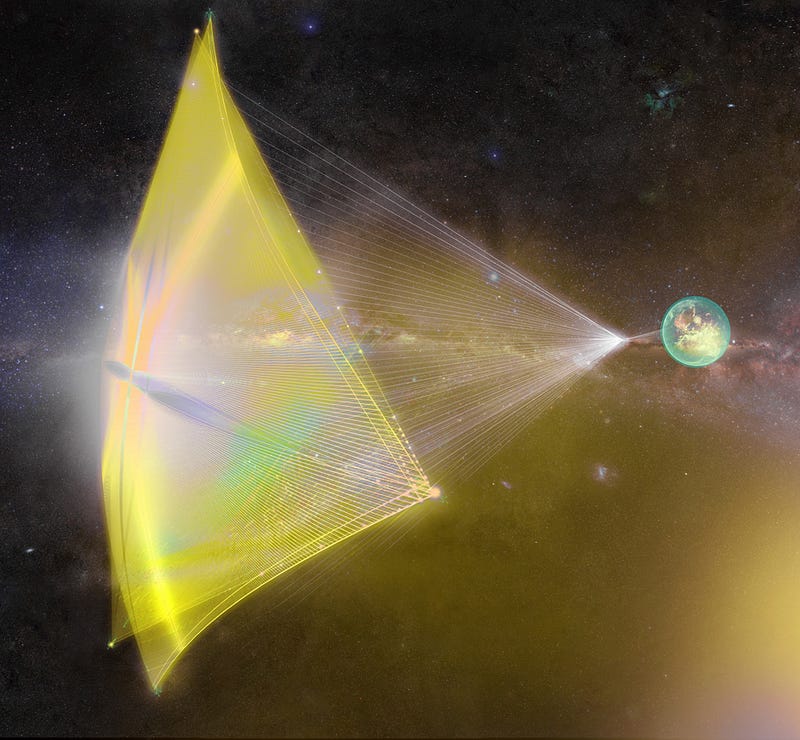
But other techniques using present-day technology would get us there far faster! The breakthrough starshot, taking advantage of a space-based laser array to accelerate a spacecraft on a reflective sail, could accelerate a spacecraft to 20% the speed of light, cutting down the journey to a mere 21 years. A new fuel source, such as contained antimatter — and this isn’t a Star Trek fantasy, but rather something that antihydrogen experiments in Europe are succeeding at today — could enable us to accelerate at a constant rate, like at the rate of Earth’s surface gravity, towards this new planet. If we accelerated the entire way, the journey would take about 12 years in Earth-time, but only about eight years for the travelers on board, due to Einstein’s relativity. If we accelerated there for half the journey and then turned around and decelerated for the second half, the journey would take instead about 20 years in Earth-time, but only 14 years for the on-board travelers.
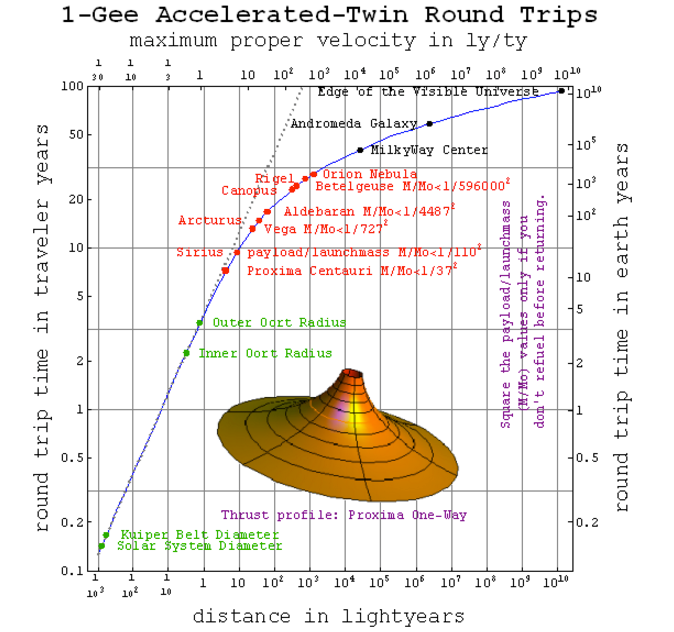
In other words, with foreseeable technological advancement and without breaking the laws of physics, we could send uncrewed spacecraft to the nearest Earth-like planet within a single generation and potentially even large robots or humans. For the first time, humanity is now aware that the chances for life may be everywhere, and that the conditions that led to Earth are present as well right around our nearest star. It’s time to go, and if this doesn’t motivate us to start looking for real, perhaps nothing ever will.
This post first appeared at Forbes, and is brought to you ad-free by our Patreon supporters. Comment on our forum, & buy our first book: Beyond The Galaxy!


